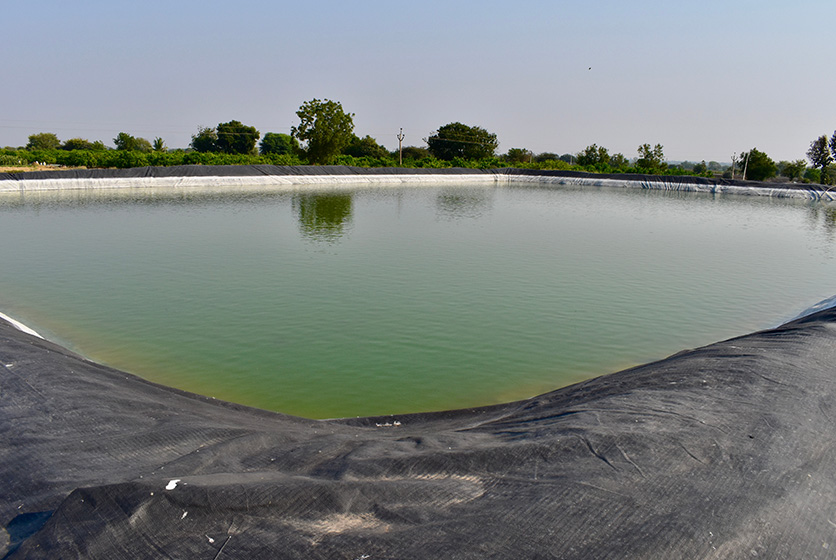Drought and Agriculture
Water-saving techniques have always been crucial. This is especially significant in agriculture. Water is one of the most important resources for a farmer regardless of the land-size, or type of crops that are being cultivated. That's why the prospect of drought is almost catastrophic for any farmer. Indian agriculture has its fair share of dryland farming and challenges associated with drought conditions.
What is agricultural drought?
According to the India Meteorological Department, meteorological drought occurs when the seasonal rainfall in a particular area is less than 75% of its long-term average. And this deficit helps the Department to classify meteorological drought as:
-
Moderate if the deficit is between 26 and 50%
-
Severe if the deficit is more than 50%
An agricultural drought is said to prevail when a meteorological drought lasts for four weeks. Few of the first signs of such agricultural drought are:
-
Decrease in availability of fodder
-
Sale of cattle
-
Reduction in water supply
One of the biggest reasons why Indian agriculture is vulnerable to drought is the fact that it is heavily dependent on climate conditions. Few of the states most prone to drought are parts of Maharashtra, north Karnataka, Andhra Pradesh, and Odisha. According to data released by the Drought Early Warning System (DEWS), India has around 30% of land under various degrees of drought. Rainfall was around 36% deficiency levels.
It therefore becomes important to delve into the measures India is taking to mitigate the effects of drought.
Rainwater harvesting

Collecting and storing rainwater for future use is a huge advantage to even a household. India's rainwater harvesting system goes back to more than 4000 years ago. Today, the agriculture sector is expanding the scope of rainwater collection through:
-
Man made channels
-
Ground water recharge
-
Using large tanks and so on
Of course, the fact is still that much more must be done on this front to stave off the challenges posed by shrinking water resources.
Financial assistance
State governments and other agencies also have funds like the State Disaster Response Fund (SDRF) which swing in to provide much-needed relief & aid to farmers during drought conditions. The SDRF sees contributions made from the Central and State governments. And allocations are made based on the recommendations or advice from the Finance Commission.
Technology
There are quite a few examples of the use of high-tech support to mitigate drought. For instance, the Indian Council of Agricultural Research (ICAR) has worked with the International Water Management Institute (IWMI) to develop the South Asia Drought Monitoring System (SADMS). The SADMS helps by using real-time information on weather, and satellite data to monitor drought conditions.
The National Rainfed Area Authority has declared 24 districts as drought vulnerable. Most of these districts are spread across Karnataka, followed by Rajasthan, and Andhra Pradesh. States like Kerala, Assam, and West Bengal feature on this list too. Keeping in mind the fact that drought is an almost continuous problem for farmers in India, it does make sense to invest adequate resources into mitigating its effect on food production.
#InterestingInfo
-
Ancient water management systems such as the chauka system in Rajasthan are getting revived
-
Tamil Nadu has made rainwater harvesting compulsory in every building. The first Indian state to do so.



